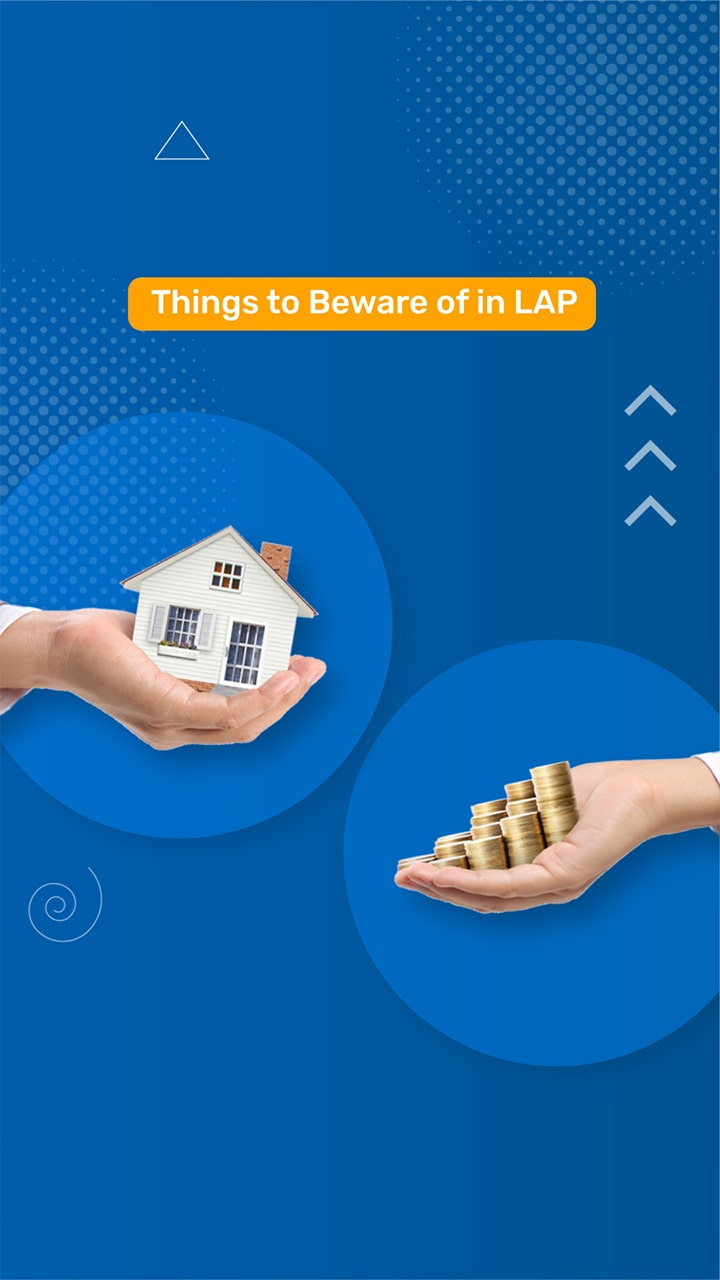Understanding Loan Against Property: Unlocking the Value of Your Assets
In this video, we’ll explore the essentials of a Loan Against Property (LAP). This is a secured loan option that permits you to leverage your property as collateral to obtain funds. This financing tool can be used for needs like business expansion, education costs, or emergencies.
To start, we’ll see how LAP works by assessing both the market value of your property and your ability to repay. This valuation and your creditworthiness determine the loan amount a lender will approve. You’ll also learn that any default in repayment could give the lender the right to repossess and sell the property. This is because the loan is secured against property.
Next, the video will cover what types of properties can be used as collateral for LAP. Remember that each lender may have specific requirements based on location and condition. You’ll also find out that the interest rates for LAP are generally lower than unsecured loans. However, it’s crucial to carefully evaluate the loan terms, as your property is the collateral.
In short, LAP could be a beneficial option for property owners needing significant funds. What you need is a solid repayment plan. Stay tuned to Academy for more financial insights into loans against property.

Key Takeaways
LAP allows you to use your property as collateral to secure a loan from financial institutions
It's essential to assess your repayment capacity before opting for LAP to avoid risking the property
The loan amount is determined based on the property's market value and your creditworthiness
Defaulting on LAP could result in the lender taking possession of the property to recover the outstanding amount
Residential, commercial, or industrial properties can be used as collateral for LAP
Understanding the terms, assessing financial situations, and having a repayment plan are crucial before opting for LAP
What to Watch Next
Bites

















_Balance_Transfer.jpg)

_Balance_Transfer.jpg)
















